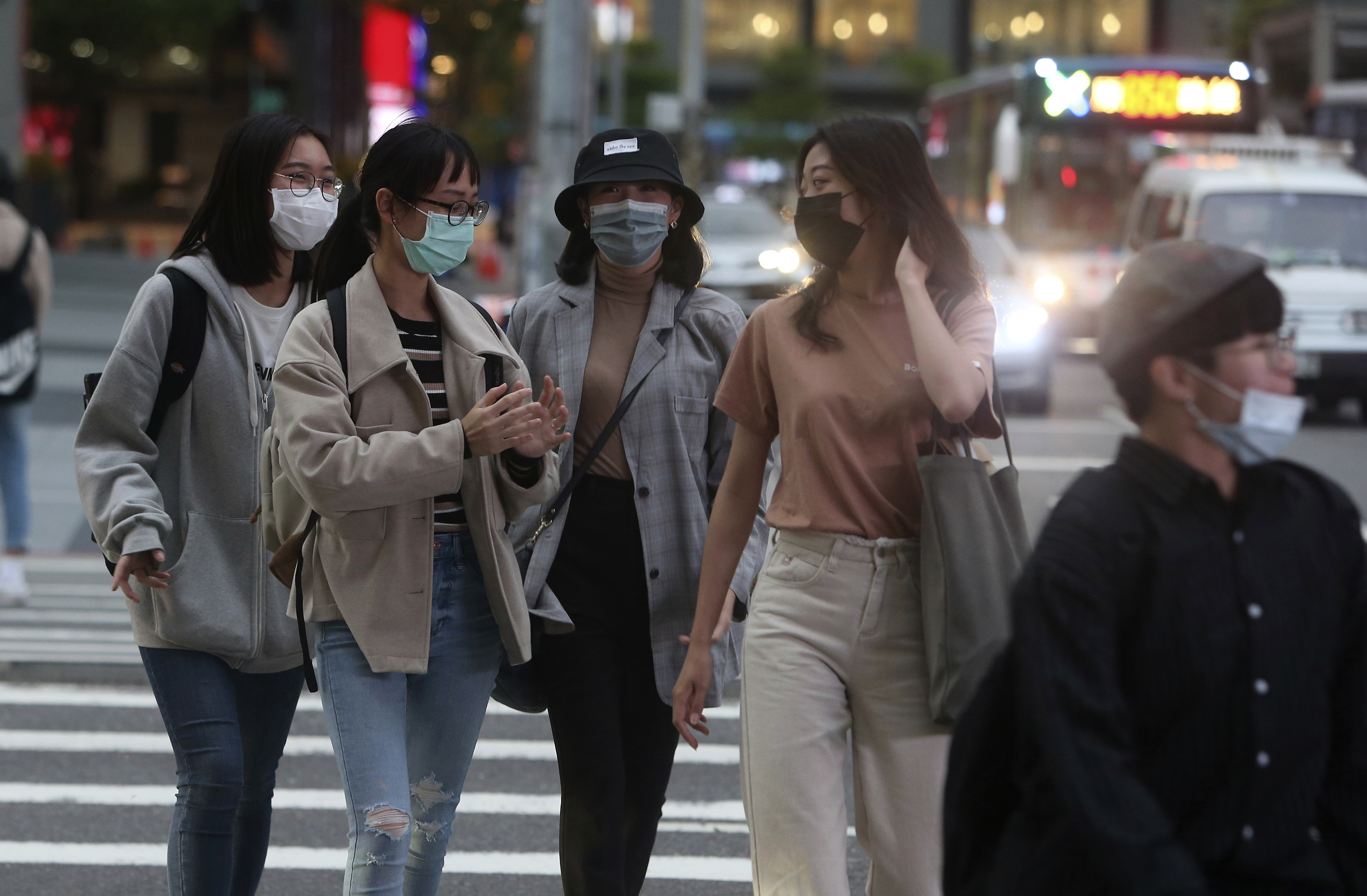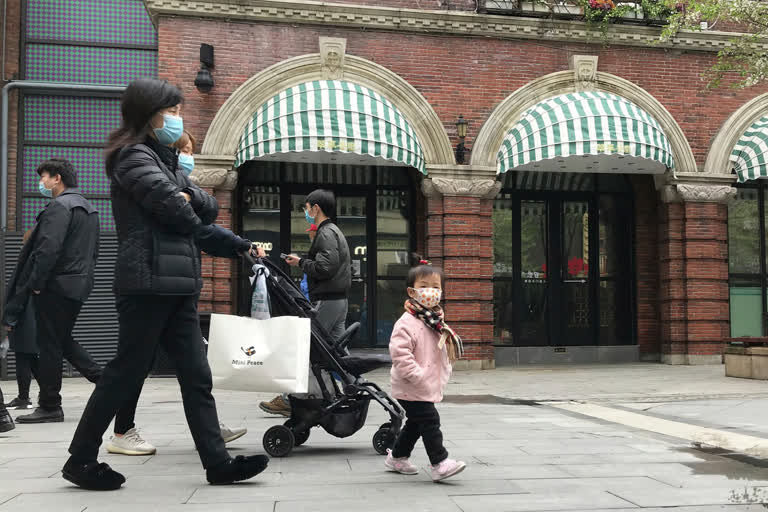Hyderabad: After being marred by the deadly COVID-19 pandemic, normalcy is limping back to China. The deserted Chinese roads are becoming busy with traffic once again as three-quarters of Beijing's workforce is back on the jobs. Shops, restaurants, bars and offices are open for business after going through months of lockdown.
However, Wuhan, the epicentre of the virus outbreak, is yet to become lively as lockdown is still imposed in the Hubei province till April 8.
What China has done is something outstanding, it has brought the COVID-19 spread to a standstill. For the first time, Beijing has reported zero locally transmitted cases of COVID-19 on March 18. Since then, the country has reported only six such cases. What is a matter of concern now is, how far China is keeping the momentum going?

"China is addressing an issue every country and location in the world will eventually face: how to normalize and restore societal activities, while at the same time minimizing disease-related dangers from the outbreak,” said epidemiologist Keiji Fukuda of the University of Hong Kong (HKU).
In an attempt to curb the further spread of the virus, China has banned all foreigners from entering its land and asked all returning Chinese to be quarantined for two weeks, no matter even if they come by air or land.
Despite such measures, the fear of the further spread of severe acute respiratory syndrome coronavirus 2 (SARS-CoV-2) cannot be ruled out.
"Still, I believe that there are few local cases. But with most of the population still susceptible to infection, fresh outbreaks remain a constant danger," said HKU epidemiologist Ben Cowling.
Also Read: Scientists fear second coronavirus wave as China eases lockdown
"How to balance getting back to work and a normal state versus maintaining the current status [of few new cases] is certainly critical,” says Ding Sheng, director of the Global Health Drug Discovery Institute and dean of the School of Pharmaceutical Sciences at Tsinghua University.
Officials are relaxing restrictions very slowly and methodically, Ding added.
Soon after the lockdown was lifted, many restaurants opened for a limited number of customers and time. But, now they are open. Primary and secondary schools in several provinces, where the infection is zero, have reopened and allowing students to enter the institution following a temperature check.
However, universities remain closed, with classes taught online. Places like live music venue, gyms, that draw crowds, are still close in many cities. Temperature is being checked at subway entrances and factory gates.

Though a number of local governments gave nod to open theatres, last week the national government ordered the closure of the cinema halls citing it is too early to open them.
In another precaution measure, everyone visiting a fever clinic are being tested for the virus in Beijing and many other cities. Moreover, the health status of migrant workers and others, who are crossing the international borders, are being checked.
Also Read: Coronavirus exposes Xi's feet of clay
China’s strategy "seems to have been effective thus far in preventing a resurgence," said Benjamin Anderson, an epidemiologist at Duke Kunshan University. But with the virus now circulating around the world, “repeated importations to China will inevitably lead to local transmission,” Cowling said.
"Authorities will need to get on top of the cases very quickly,” he said, in a game of whack-a-mole. Remaining pockets of local infection could be a problem as well, said Ira Longini, a disease modeller at the University of Florida. "The models say the disease will come back once the restrictions are lifted. I hope that’s not correct, but I can’t imagine why it wouldn’t be," Longini added.
China’s gross domestic product may suffer a 10 per cent shrink in the first quarter of this year, the worst contraction since 1976, economists predict.
The Chinese strategy is aimed at buying time until a vaccine or drugs are available, said George Gao, director of the China CDC.
A team headed by Chen Wei of the Academy of Military Medical Sciences has started a phase-I study of a candidate vaccine trial of which is expected by end of this year, according to China Daily.
Also Read: How Artificial Intelligence, Smartphones and Big Data is used to fight COVID-19
Ding, who lived in Beijing through the worst of the crisis, believes China can handle the situation and come up with a permanent solution.



